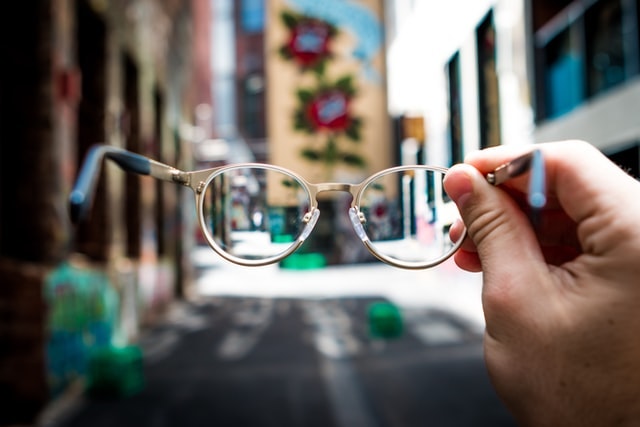February is Low Vision Awareness Month, and we need your help in getting the word out. Low vision affects millions of Americans, including many older adults. Only proper management can prevent further vision loss – and the loss of independence that comes with it.
People with low vision are not blind, but because of their vision loss, they may struggle with everyday tasks like driving or reading. The condition can be caused by an eye injury but is more often associated with age-related macular degeneration (low vision is most common in people age 65 and older), Diabetes, and Glaucoma.
The most common types of low vision include:
- Central vision loss (not being able to see objects in the center of your vision)
- Peripheral vision loss (not being able to see clearly out of the corners of your eyes)
- Night blindness (reduce vision in low light)
- Blurry or hazy vision
The condition cannot be fixed with glasses or corrective lenses, and there are no medications or surgeries that can reverse the damage, but the good news is proper management and rehabilitation can prevent further issues. If you or someone you know is suffering from low vision, book an appointment with Blair Stone, OD – The Eye Institute’s Low Vision Specialist – in our Heritage location to learn more about what you can do to protect your sight.






